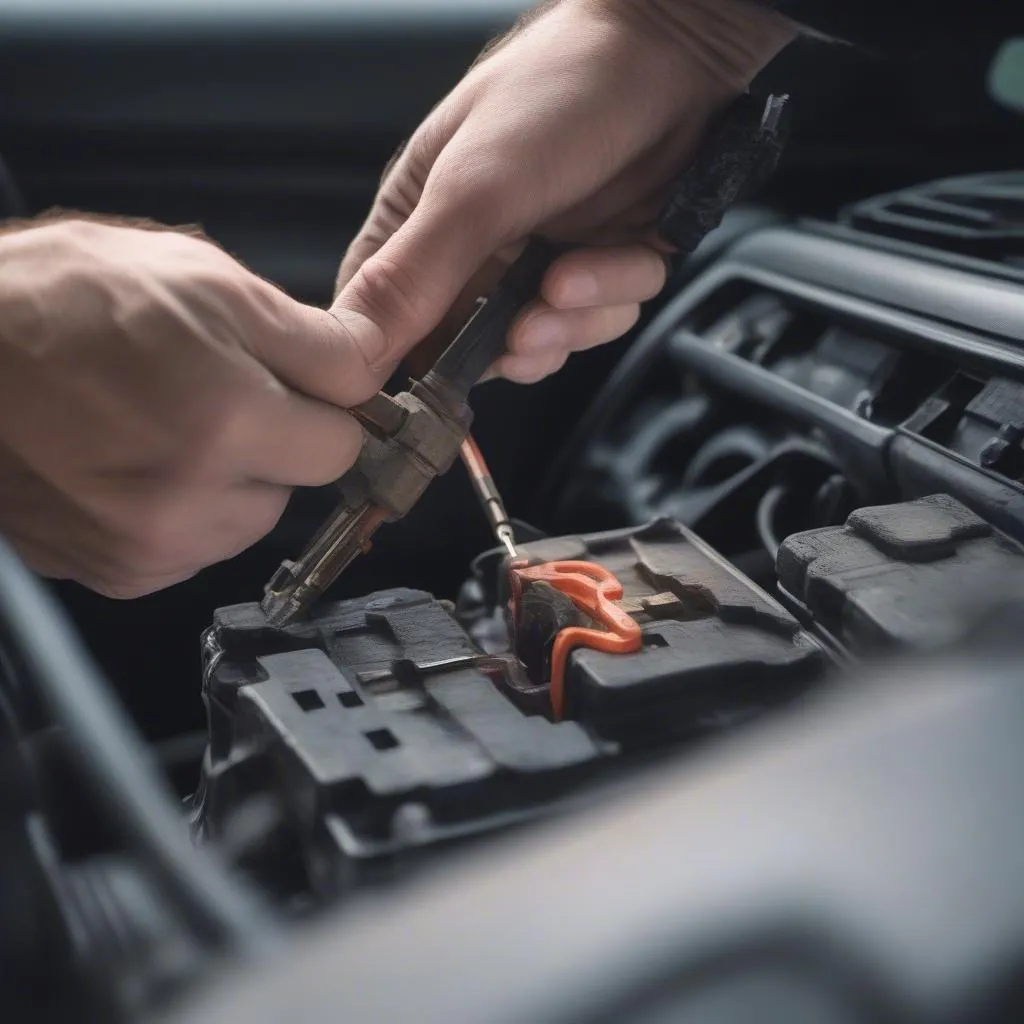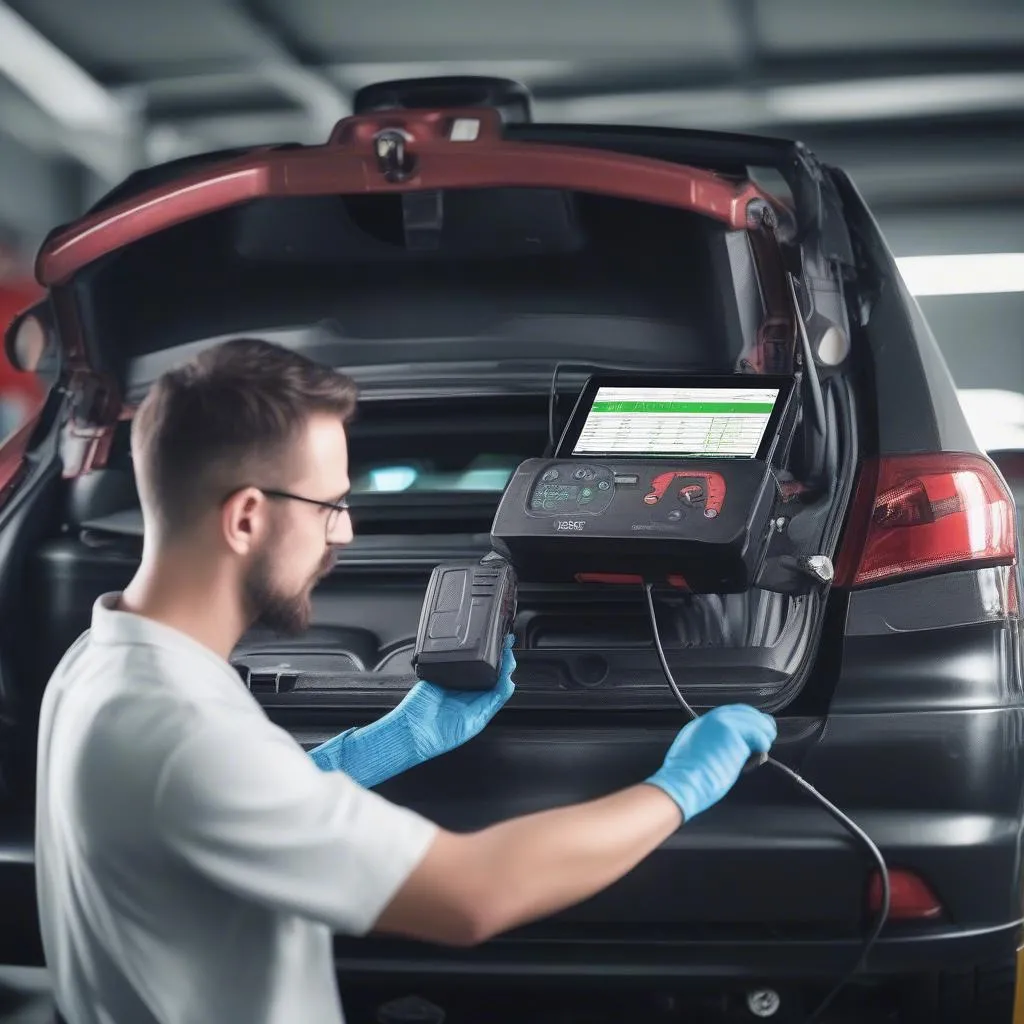“Is there a fuse for the anti theft system?” is a common question car owners ask, especially when facing unexpected vehicle starting issues. While modern vehicles rely heavily on sophisticated electronics for security, the humble fuse still plays a crucial role. In this article, we’ll delve into the relationship between fuses and your car’s anti-theft system and guide you on troubleshooting potential problems.
Understanding the Role of Fuses in Your Anti-theft System
Fuses act as safety devices, protecting your car’s electrical circuits from overloads. They’re designed to break the circuit if the current exceeds a safe limit, preventing damage to vital components. While your anti-theft system is primarily electronic, several components within the system, such as the alarm siren, keyless entry module, or immobilizer, require a constant power supply, often through a dedicated fuse.
Common Signs of Anti-theft System Fuse Problems
How do you know if a blown fuse is causing your anti-theft system woes? Here are some telltale signs:
- Vehicle won’t start: A blown fuse related to the immobilizer can prevent the engine from cranking.
- Alarm system malfunctions: Issues like a constantly blaring alarm or a completely unresponsive system may point to a faulty fuse.
- Keyless entry problems: If your key fob suddenly stops working, a blown fuse associated with the keyless entry module could be the culprit.
Troubleshooting and Replacing a Blown Anti-theft System Fuse
Tools You Might Need:
- Owner’s manual
- Fuse puller (usually found in the fuse box)
- Replacement fuse (check your owner’s manual for the correct amperage)
Steps to Take:
- Locate the fuse box: Your car’s owner’s manual is the best resource for finding the fuse box location and identifying the specific fuse related to your anti-theft system.
- Identify the anti-theft system fuse: Fuse boxes often have a diagram or labeling system. Look for a fuse labeled “anti-theft,” “security,” “keyless entry,” or similar.
- Inspect the fuse: Carefully remove the fuse using the fuse puller. Examine the metal strip inside the fuse. If it’s broken or melted, the fuse is blown and needs replacement.
- Replace the fuse: Install a new fuse with the exact same amperage as the blown one. Using a different amperage can lead to further electrical problems.
 Replacing a Blown Fuse
Replacing a Blown Fuse
FAQs about Anti-theft System Fuses
Can I drive my car with a blown anti-theft system fuse?
While it might be possible to start your car with certain anti-theft system fuses blown, it’s generally not recommended. Driving without a functioning anti-theft system leaves your vehicle vulnerable.
What if replacing the fuse doesn’t solve the problem?
If you’ve replaced the fuse and are still experiencing problems with your anti-theft system, it’s time to seek professional help. More complex electrical issues may be at play, requiring specialized diagnostic equipment.
 Car Diagnostic Tool
Car Diagnostic Tool
Need Further Assistance? Cardiagtech Can Help!
Dealing with car electrical systems can be complex. If you’re unsure about any aspect of your anti-theft system or need assistance with diagnosis and repair, don’t hesitate to contact the experts at CARDIAGTECH. We offer a range of diagnostic tools and services, including remote programming and software installation, to help get your car back on track.
Remember, professional help ensures your safety and helps avoid potential damage to your vehicle’s electrical system.
Check out our other resources for troubleshooting common car problems:

